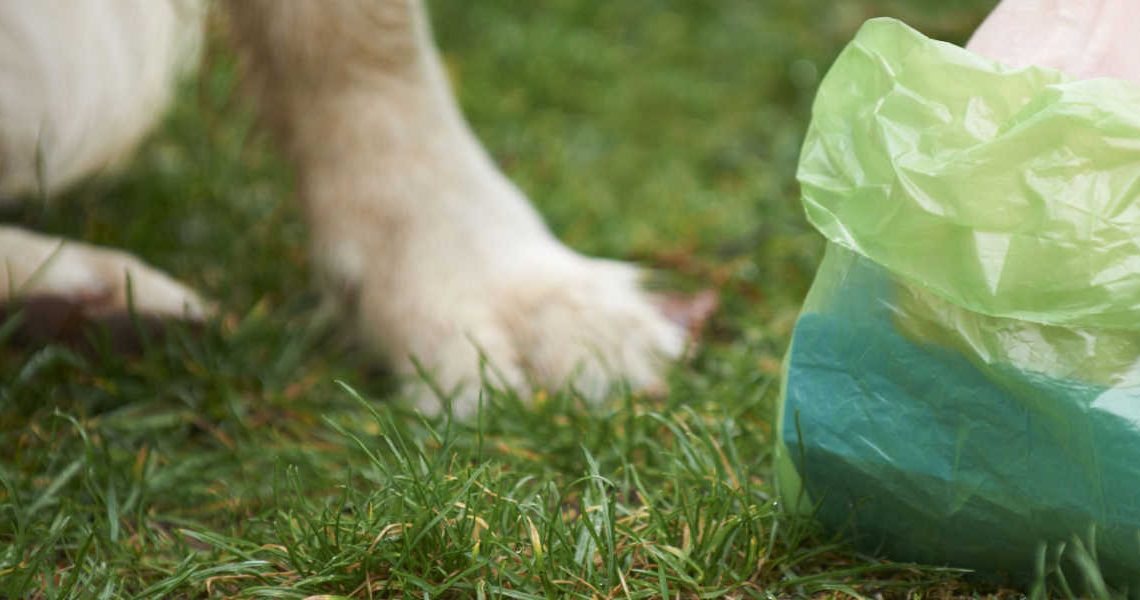
Poop & Clean Up
Dog owners are responsible for the mess their dogs make. Our range of dog poop & clean up accessories help make your dog’s toilet time easier & stress-free.
Dog poo guide

While it might not be the most glamorous subject you can think of, your dog’s poo can tell you a lot about their overall health so it’s not something to be sniffed at. It’s a good idea to keep an eye on your dog’s toilet habits in general but, taking a good look at – and even feel of, with the protection of a bag of course – their poo can help you spot any potential problems too.
Like with all animals, there are likely to be small variations in your dog’s poo, but there are five key things to look out for to make sure you can spot any abnormalities and take the right action if you need to. If you find that these abnormalities become regular or your pet’s poo changes a lot, it’s a good idea to see your vet to find out if there are any health conditions that you need to be aware of.
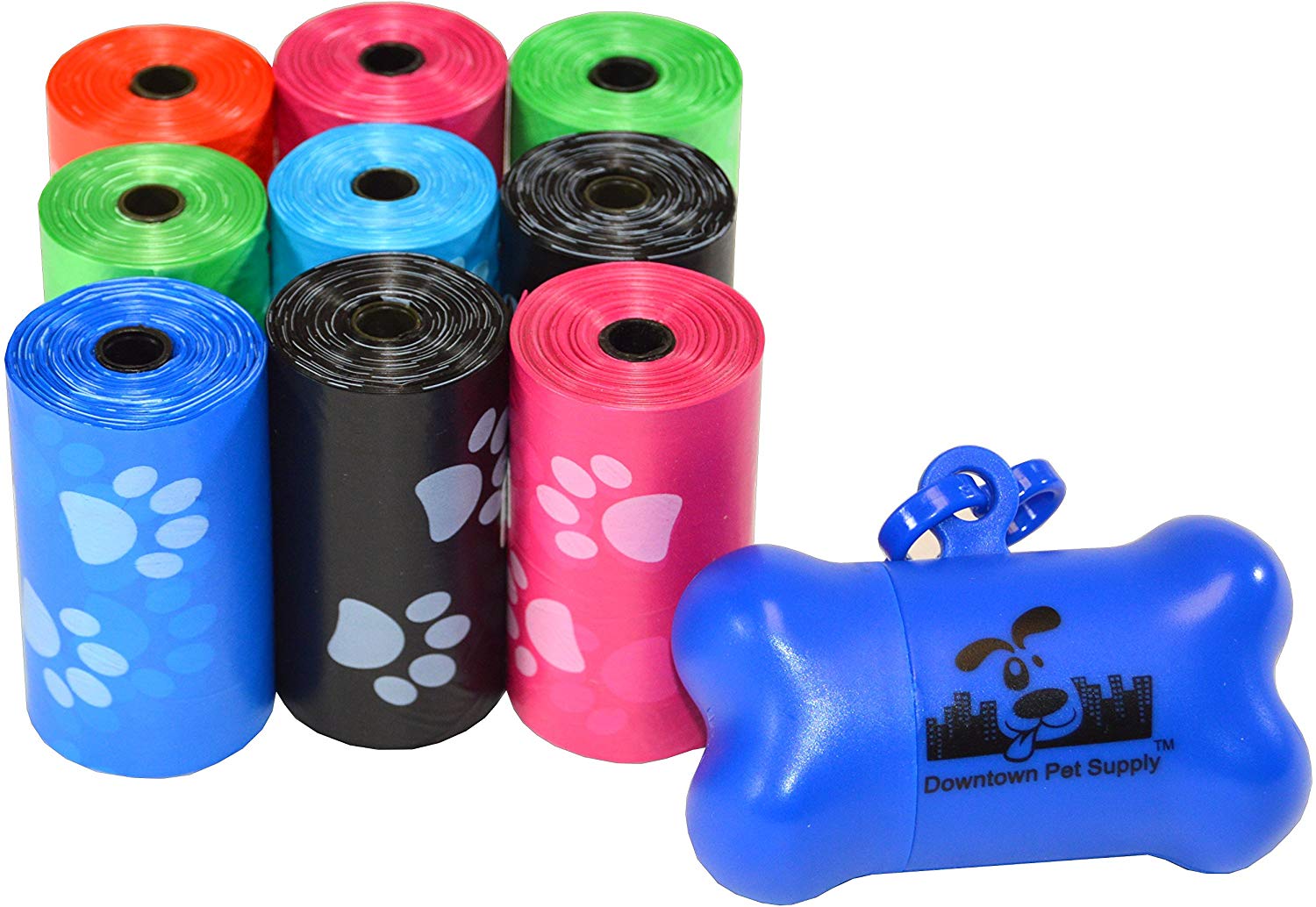
180 Pet Waste Bags
Downtown Pet Supply
£6.99
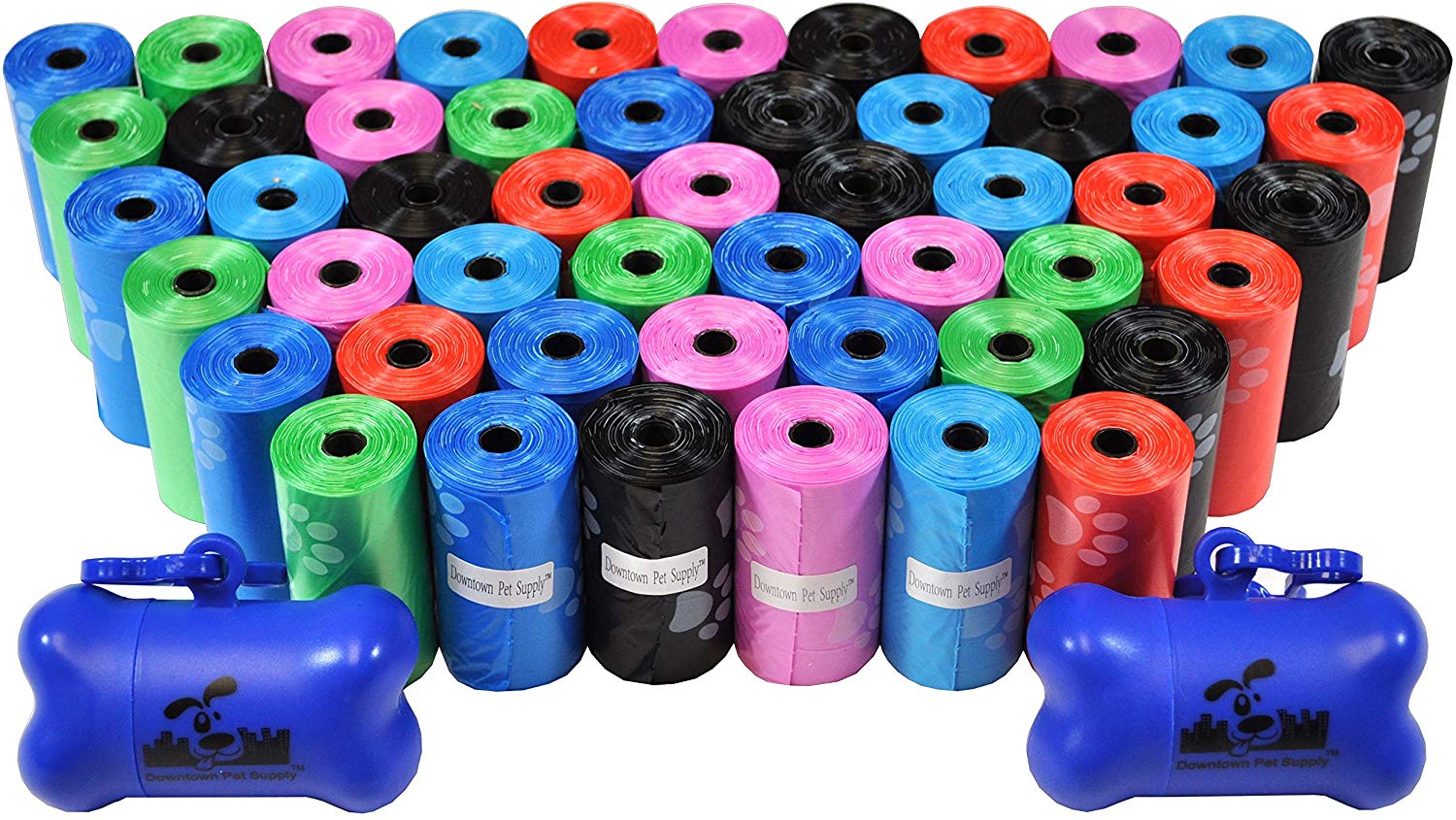
1000 Pet Waste Bags
Downtown Pet Supply
£14.99
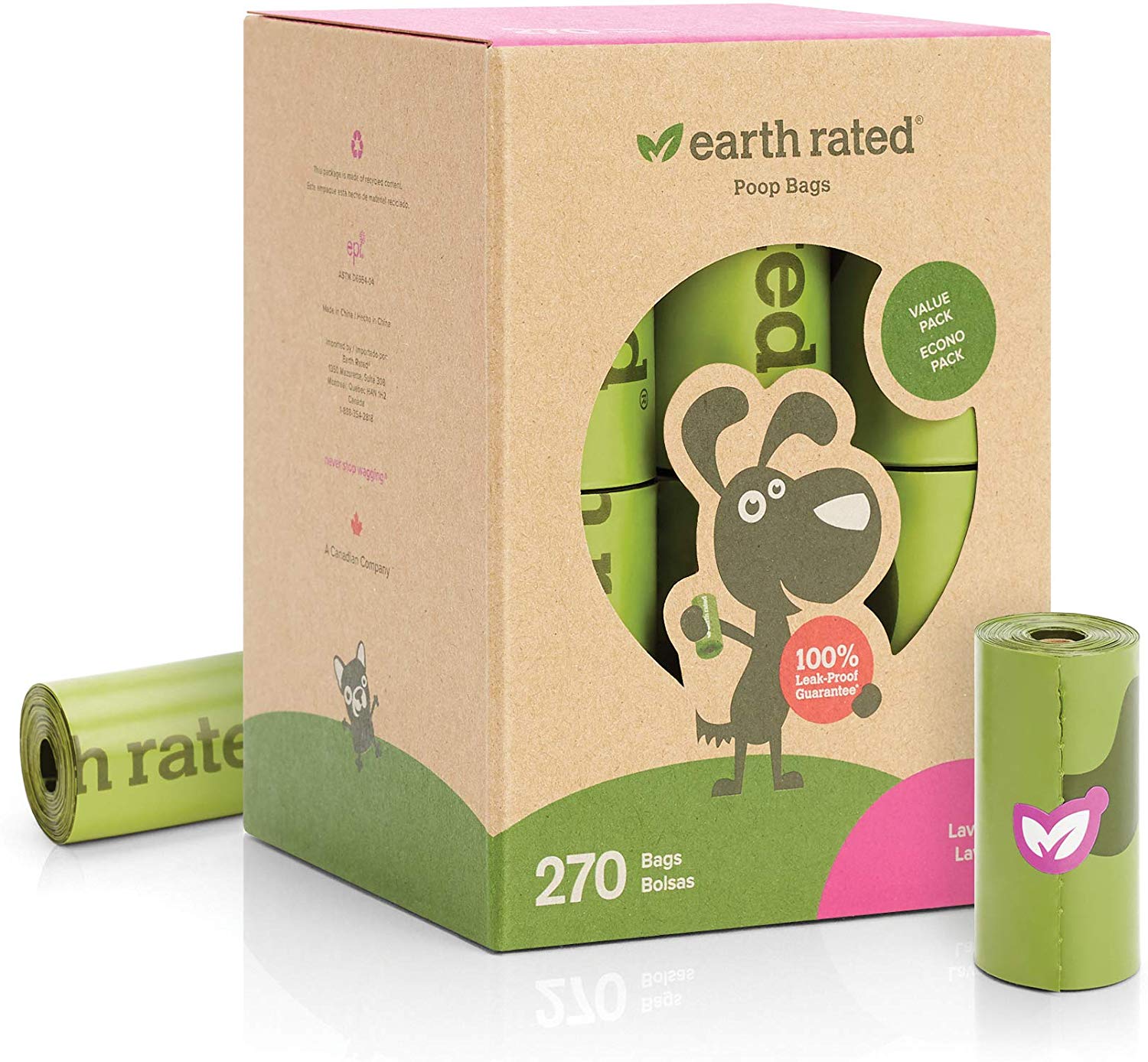
270 Strong Biodegradable
Earth Rated
£9.95
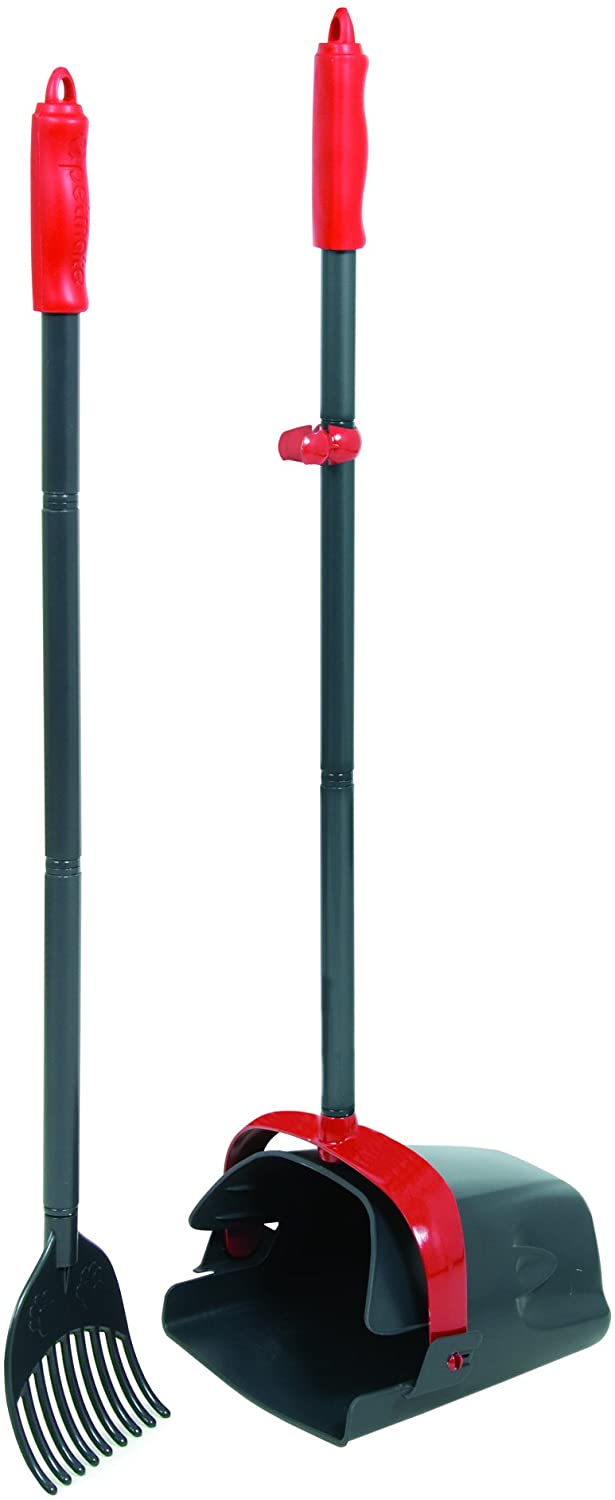
Swivel Bin and Rake
Petmate
£25.45

750 Poo Bags +2 Dispensers
Pogi’s Pet
£19.99
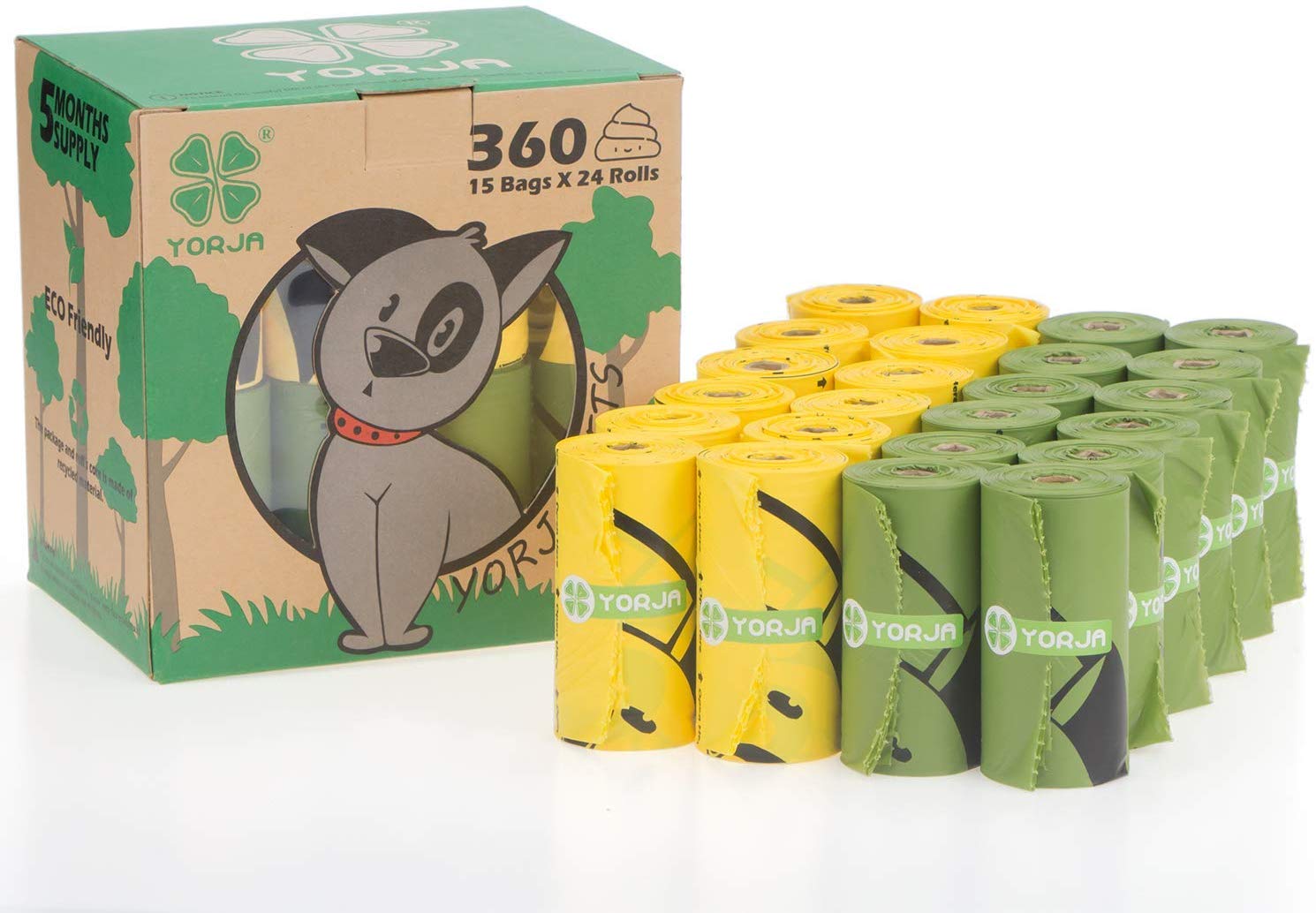
360 Biodegradable Pooh Bags
YORJA
£8.97
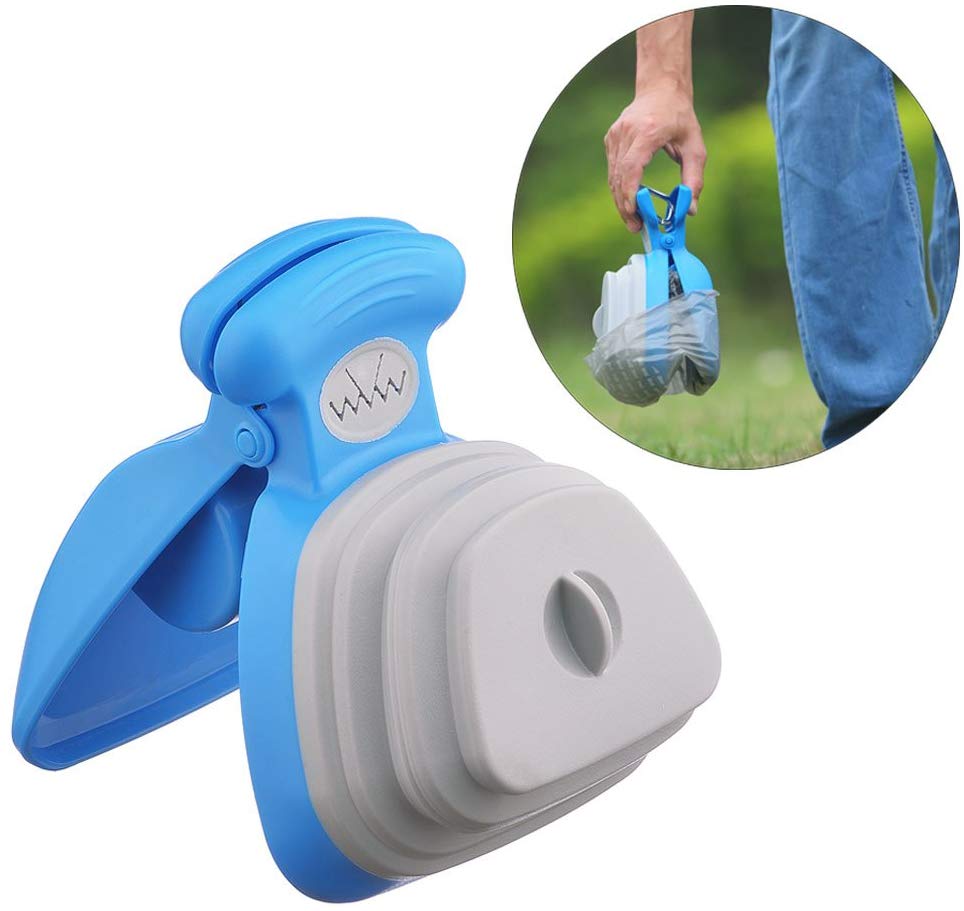
Portable Pooper Scooper
RoyalCare
£11.99
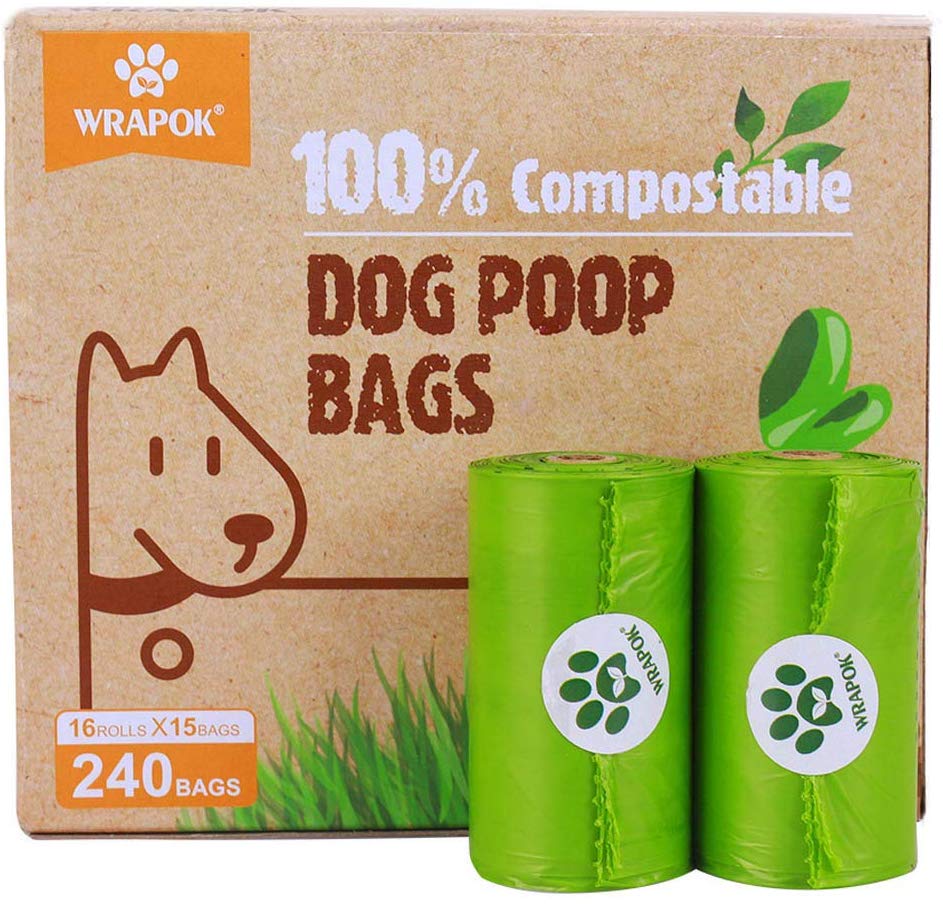
100% Compostable Bags
WRAPOK
£12.99
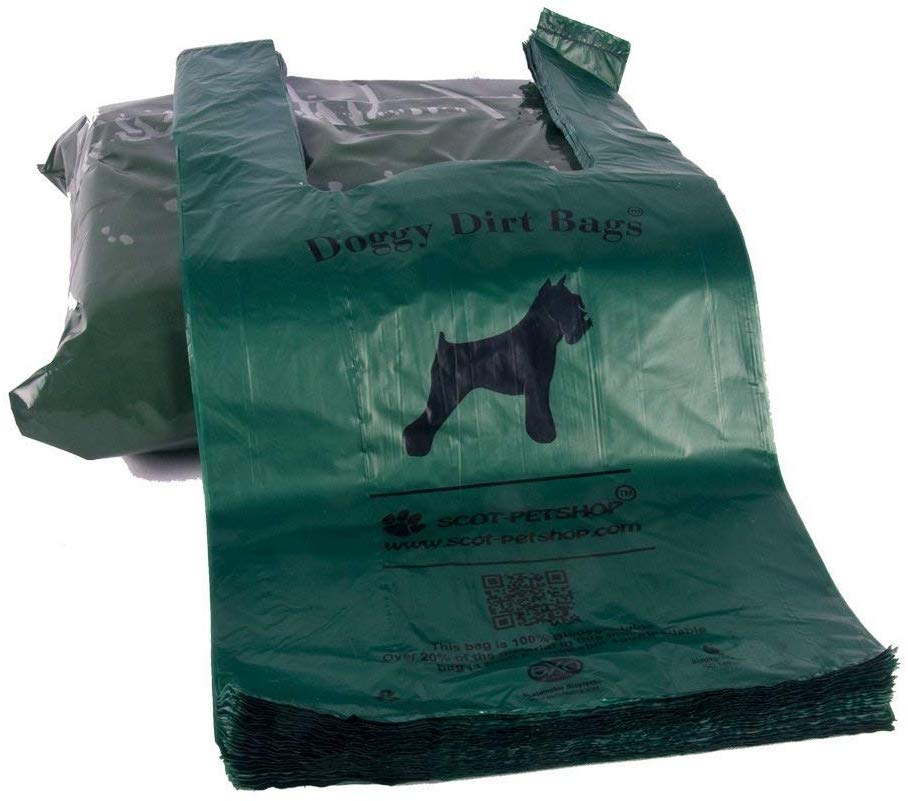
500 Biodegradable Poop Bags
Scot-Petshop
£12.45
What shape should your dog’s poo be?
Generally, your pet’s poo should be log shaped, so keep an eye out for pebble or ball-shaped ones. They could be a sign of dehydration or stiff joints, in that they’re too stiff to stay in the right position for long enough. If your dog’s a bit older, you might want to give them stool-softening supplements to help make things easier when it comes to going to the loo.
What size should your dog’s poo be?
This depends on how big your dog is, as a Great Dane is obviously going to produce a lot more poo than a Chihuahua. The thing to look out for here though is any change in size, as bigger poos could mean that their food isn’t being digested properly, while smaller ones could signal a loss of appetite due to an illness or blockage.

What colour should your dog’s poo be?
Your dog’s poo will usually be chocolate brown but you might see a different colour if their food contains food colourings. Keep an eye out for stools that are lighter in colour, as this could suggest that your dog’s having some liver trouble. Red, black or red-streaked stools might indicate bleeding in the gastrointestinal tract, so this is obviously one for the vets to take a look at for you.
What consistency should your dog’s poo be?
Just like visual checks on your dog’s poo, checking the consistency is important to make sure your dog’s healthy, and the best way to do this is to simply pick it up in a poo bag and gently squish it. It should be easy to pick up and a similar consistency to dough; soft stools could mean your pet’s been eating something they shouldn’t. If it’s too hard or even crumbly, your pet could be dehydrated or constipated so keep an eye on how much water they’re drinking and encourage them to drink more if necessary.
What shouldn’t be in your dog’s poo?
Of course, your dog’s poo contains lots of stuff that you’re going to find pretty unpleasant, and while some are harmless others could be a sign of digestive problems, so look out for:
- Food particles – these could show that your pet’s struggling to digest a particular food
- Grass – your dog might eat it if they’re having stomach trouble
- Mucus – this can be a sign that their stomach’s inflamed
- Worms – these are usually roundworms, and your pet will need to see a vet to get them sorted
Don’t be afraid to visit your vet with a sample if you’re worried about your dog’s poo, they should be very used to this and can use it to decide whether your dog has a problem and needs some treatment and cover for the unexpected with pet insurance.






